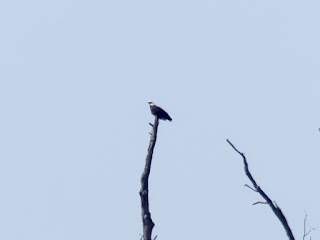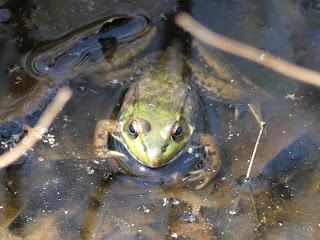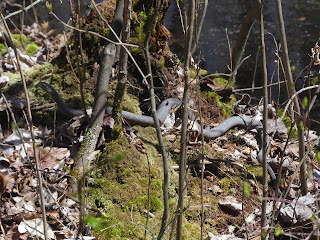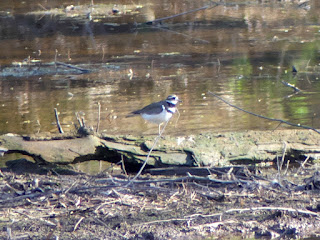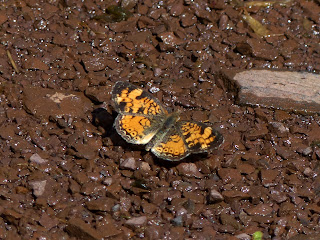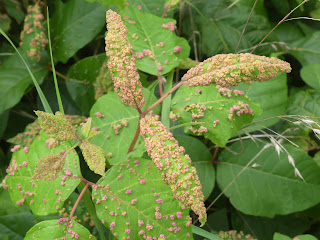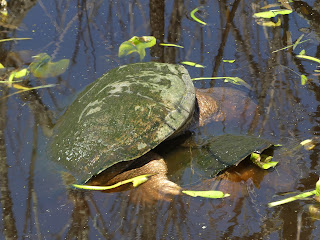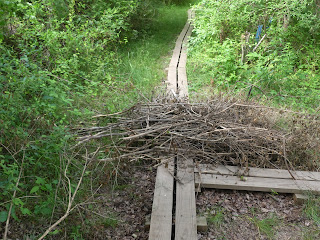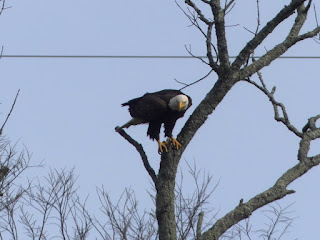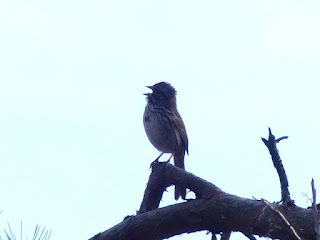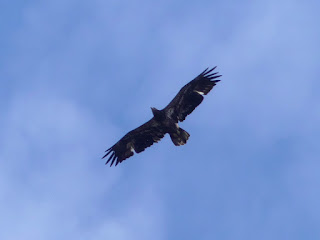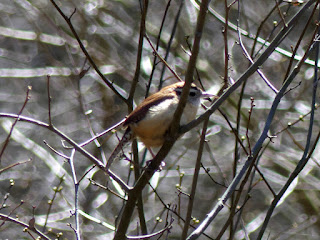The Hermits of Sourland

Last year in mid-April I met Hermit Thrushes at Washington Valley Park; this year I met (presumably other) Hermit Thrushes at Sourland Mountain Preserve at about the same time of year. My resources ( All About Birds and 2 field guides) suggest I might be seeing them as they migrate through my area [1]; their maps imply their breeding range starts at northern NJ and continues northward [2]. It's a little unfortunate that Hermit Thrushes generally can't be heard without venturing into the woods; they're considered to be some of the best singers out there. April 14, 2023 at Sourland Mountain Preserve Photo 272130180, (c) jpviolette, some rights reserved (CC BY-NC) April 14, 2023 at Sourland Mountain Preserve Photo 272130437, (c) jpviolette, some rights reserved (CC BY-NC) [1] My title of "The Hermits of Sourland" might suggest more permanence than is warranted if the birds are just passing through. [2] It's possible my field guides are getting to be out-of-da...
